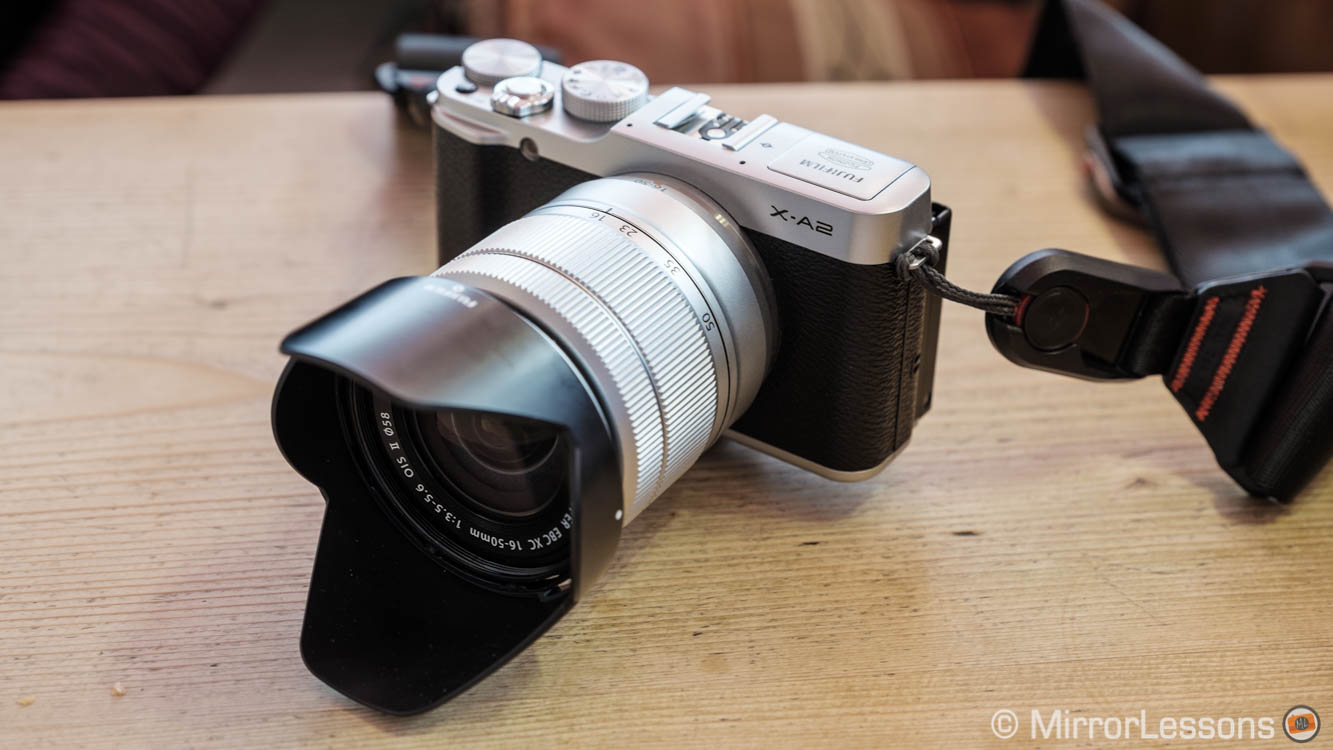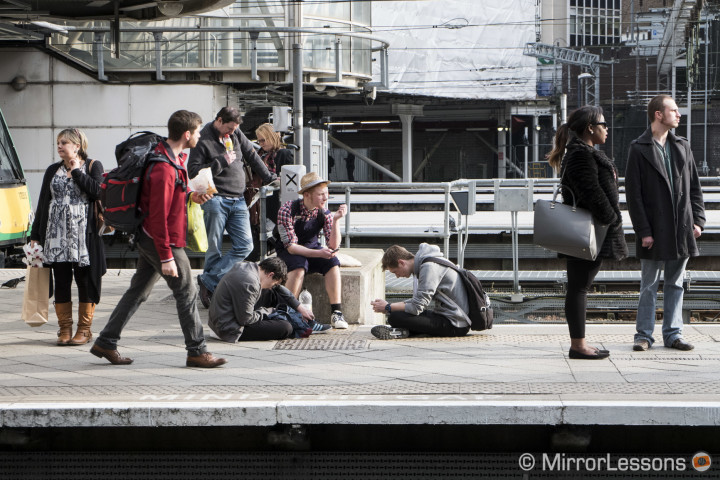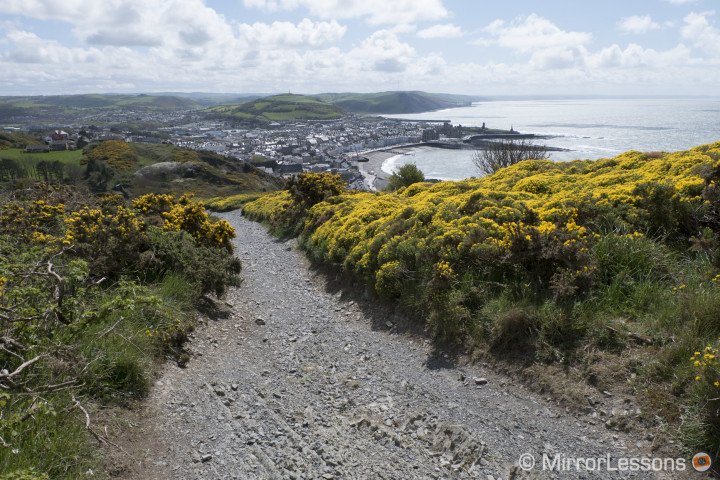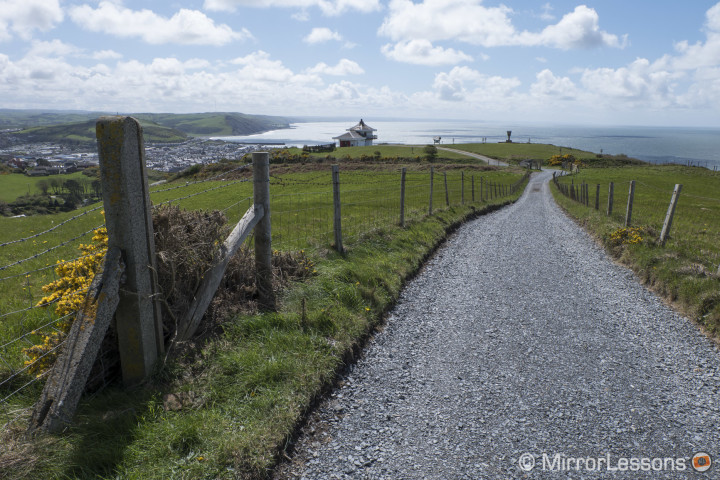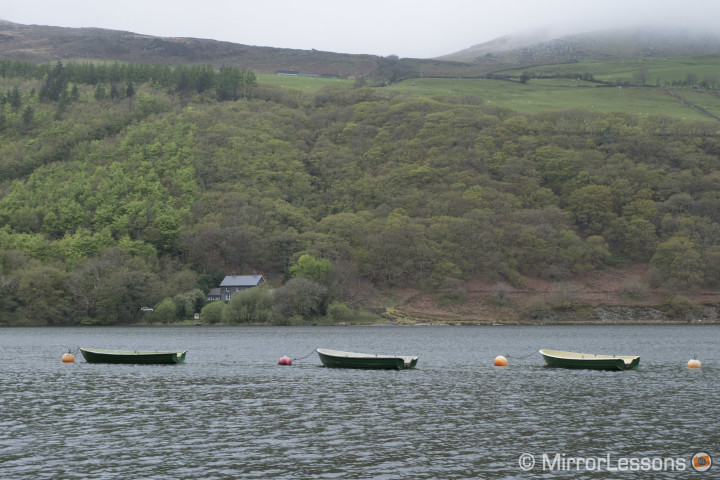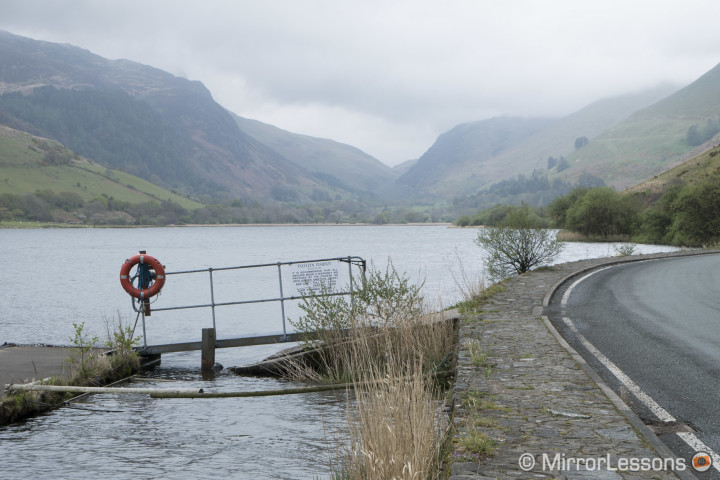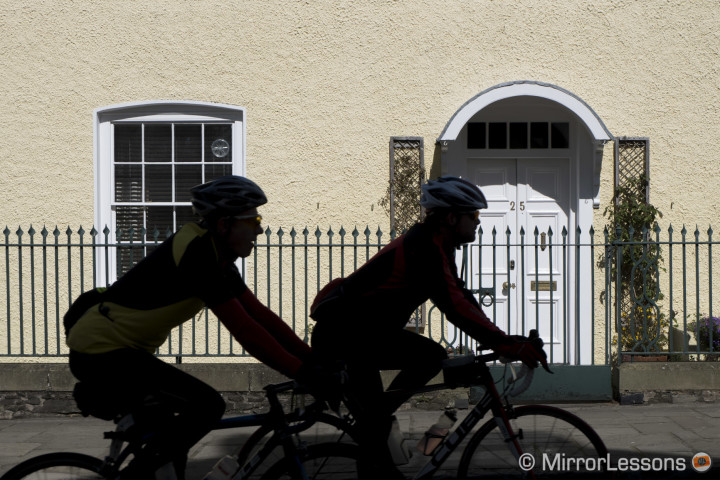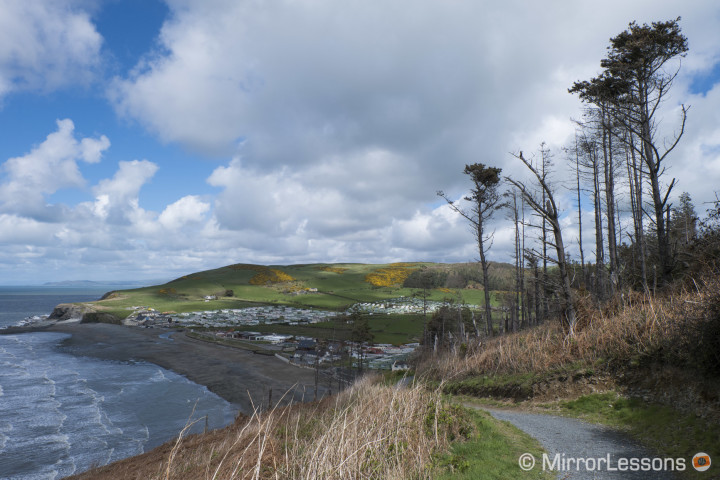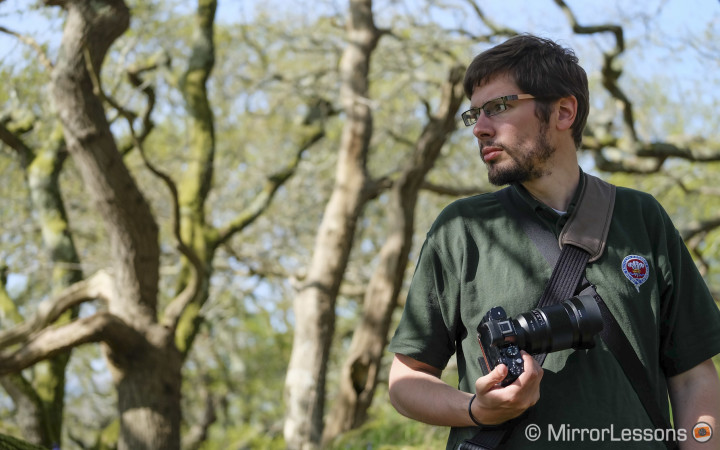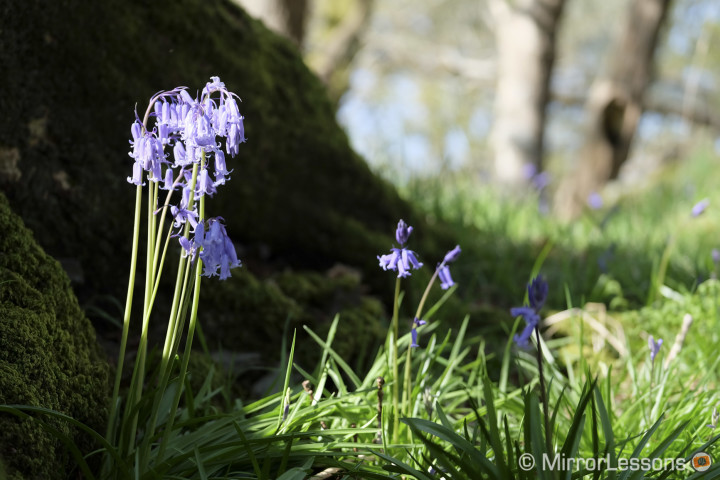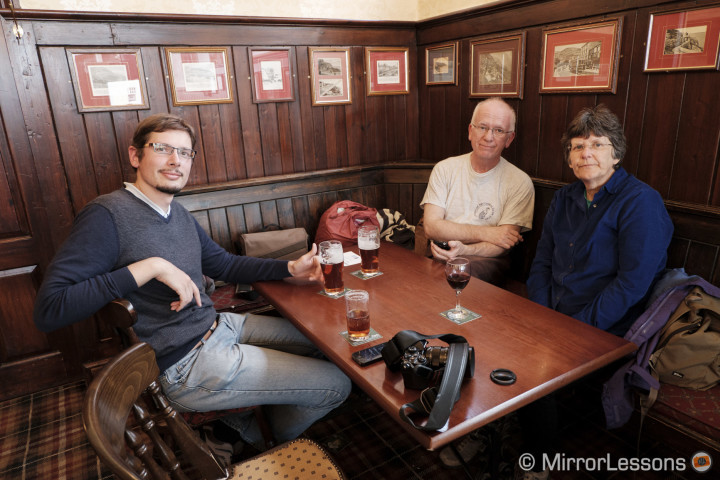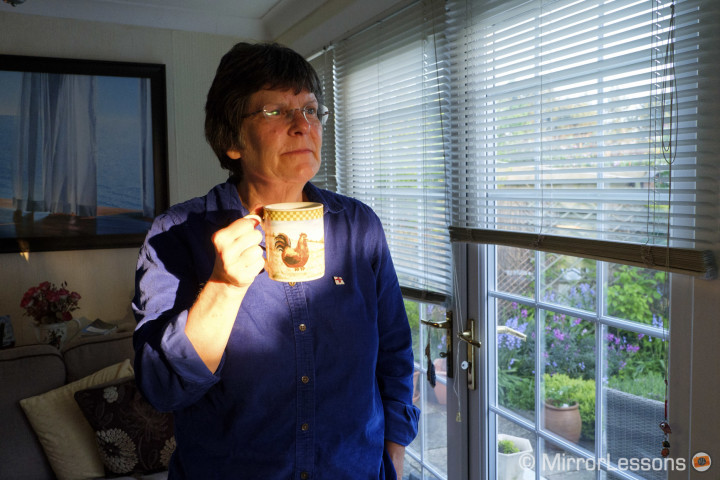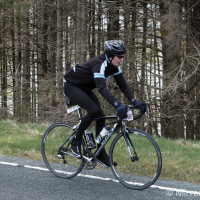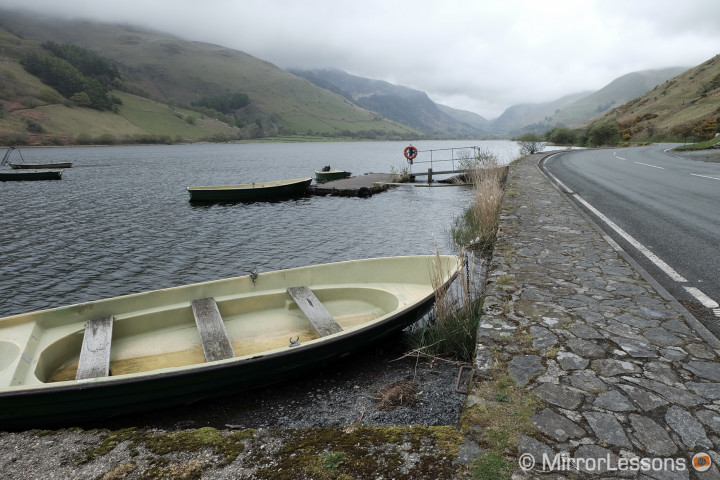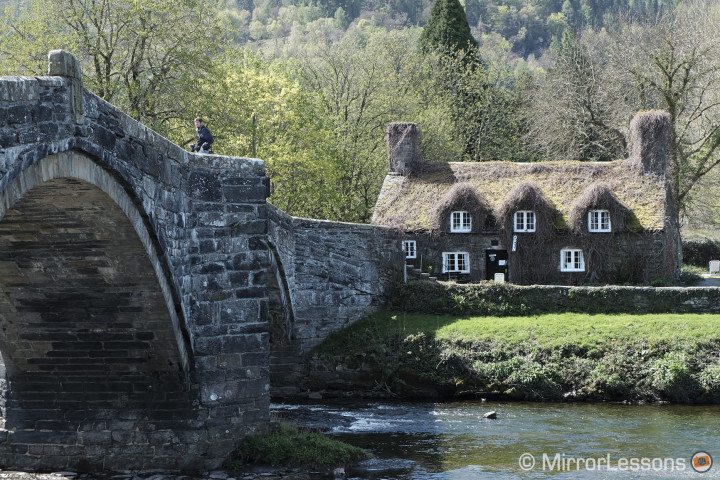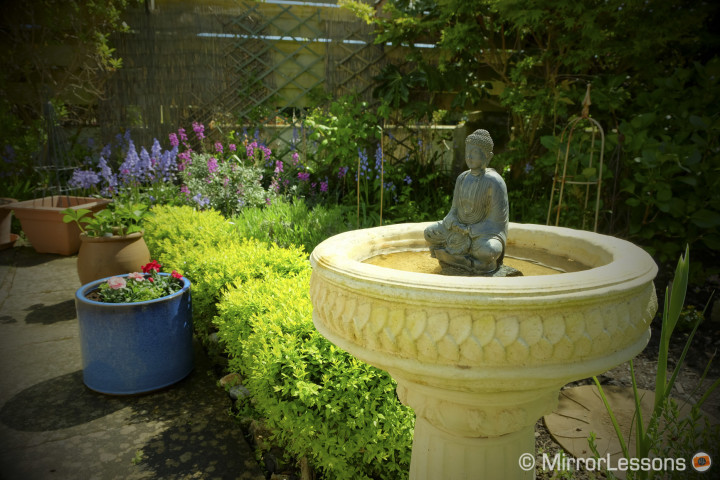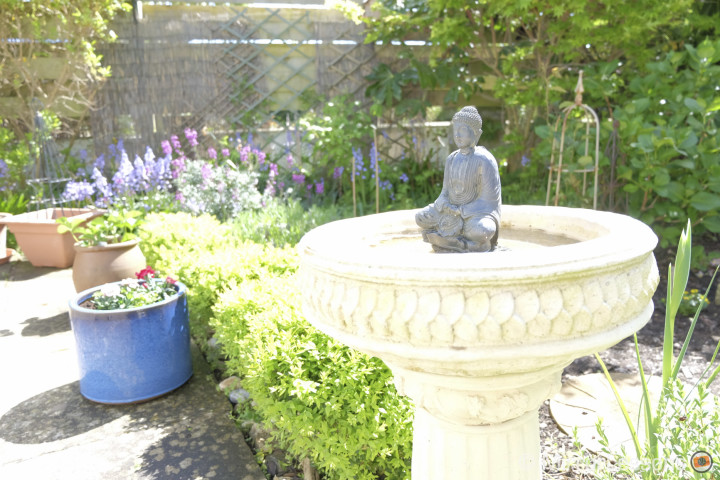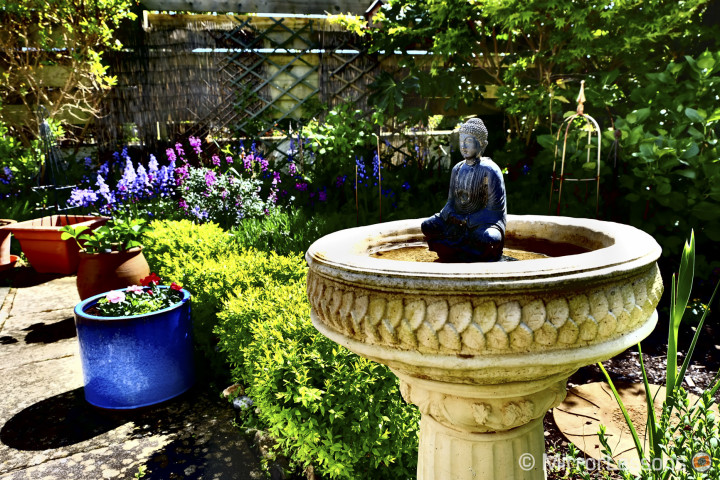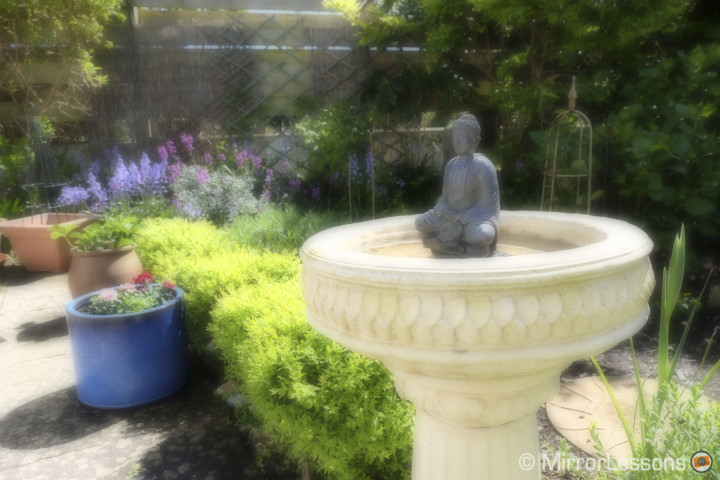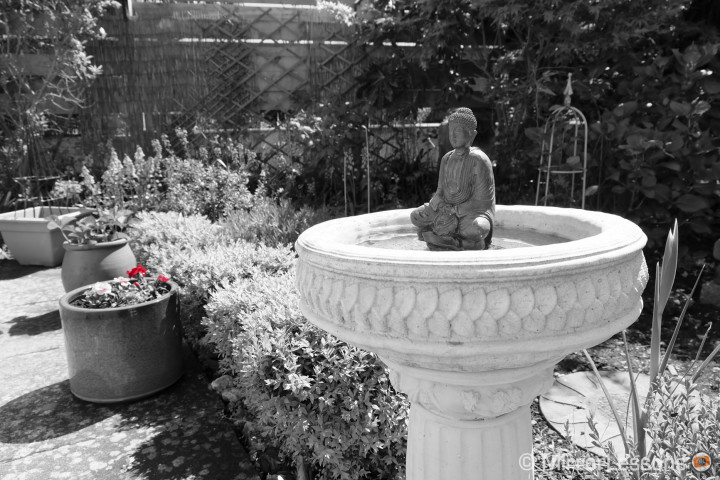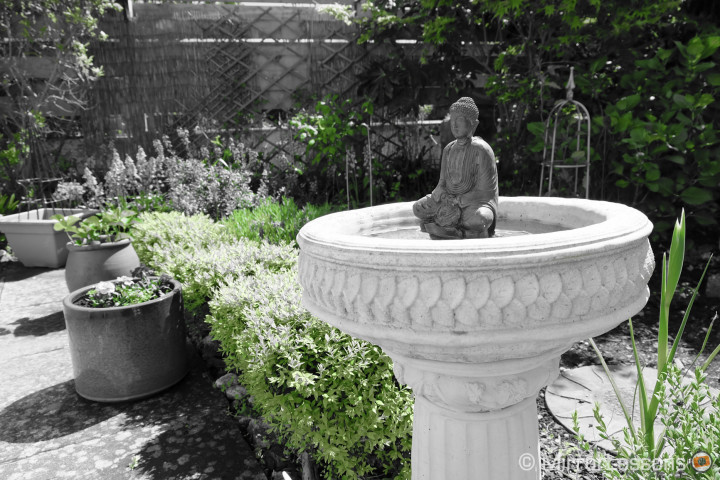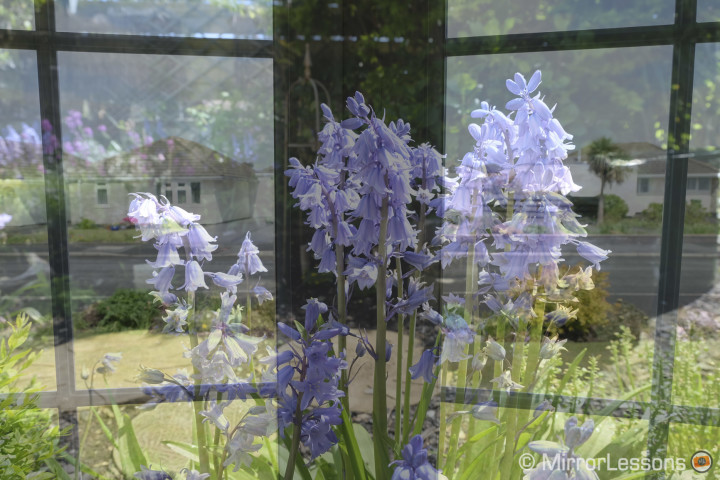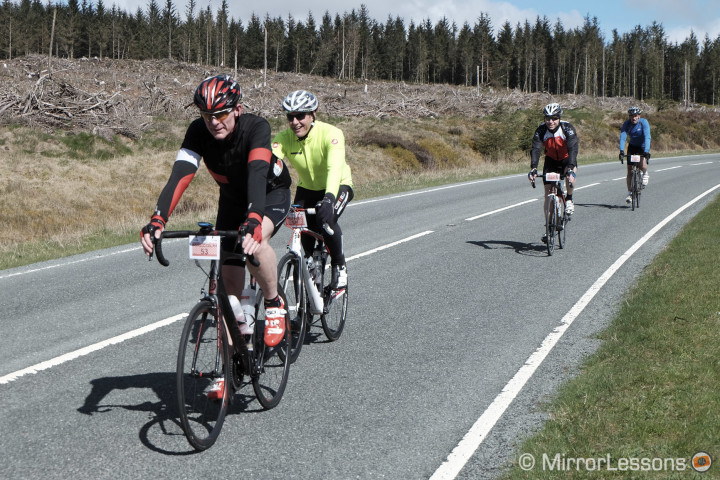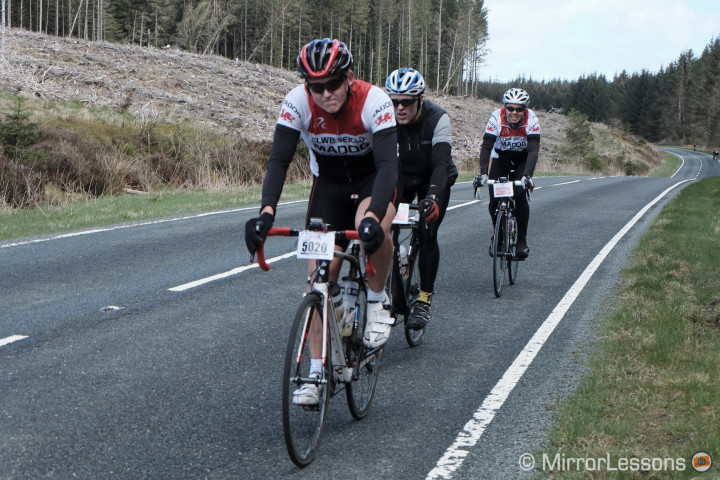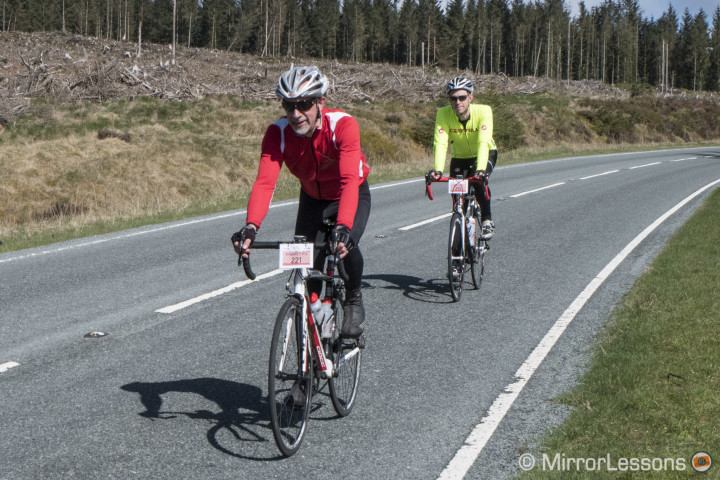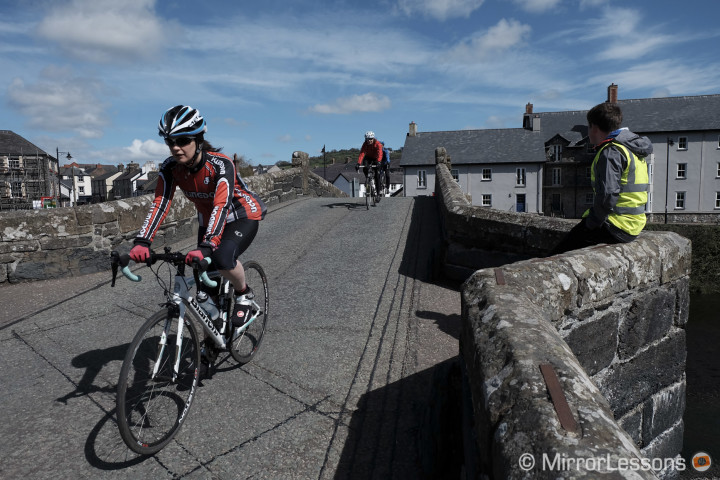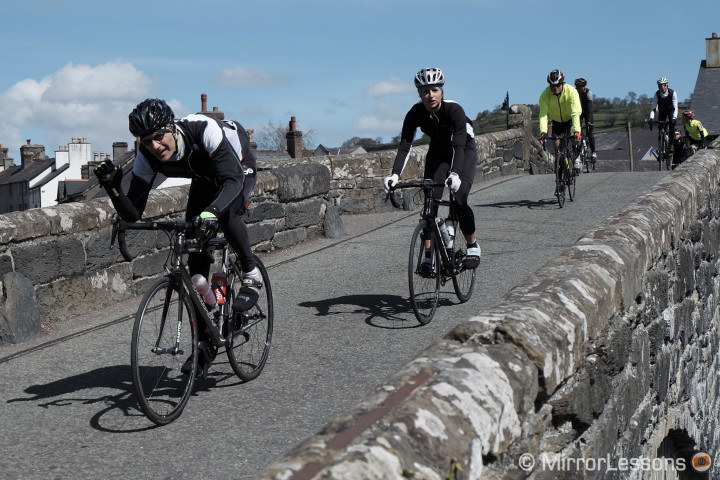While many brands populate their line-ups with a vast array of entry-level MILCs, Fujifilm’s series of professional cameras has always been the backbone of the company’s business strategy, strength and success. It was only in 2013, when the X-M1 and X-A1 were released, that it turned its attention toward neophyte photographers looking for an interchangeable system as well.
The announcement of these models was met with mixed emotions. Those who saw Fujifilm as a premium brand felt that the company should steer clear of entry-level models altogether, whereas others applauded them for appealing to a wider audience.
Though we haven’t seen a successor to the original X-M1, Fujifilm’s ongoing dedication to expanding its user base is evidenced by the Fujifilm X-A2, the latest entry-level release and successor to the X-A1. Being so used to the high-end models like the X-T1 and X100T, I will admit that it was a strange sensation switching over to an X series camera which lacks the various external dials that have come to define the Fujifilm line-up.
That isn’t to say I didn’t enjoy my time with the camera – in fact, as you’ll come to see, the X-A2 has much to offer, not only to users just starting out on their photography journey, but to those with a bit more experience as well.
Is the Fuji X-A2 the ideal entry-level MILC? Let’s find out!
Fuji X-A2 Main Specs
- Sensor: 16.3 million pixels – 23.6mm x 15.6mm (APS-C) CMOS
- Lens System: interchangeable lens system – Fujifilm X Mount
- ISO Sensitivity: 200 – 6400, extendable to 100, 12800 and 25600 (JPG only)
- Continuous shooting: max 5.6 fps (JPEG: max. 30 frames, RAW / RAW+JPEG: max. 10 frames)
- Autofocus: contrast detection AF with 49 areas
- Internal Stabilisation: No (in-lens stabilisation supported with O.I.S. Type lenses)
- Viewfinder: none
- LCD Screen 3.0-inch 180° tilting LCD monitor, approx. 920k dots
- Movie recording: 1920 x 1080 pixels (30fps) with stereo sound
- Water and dust proof: No
- Wifi: yes
- Built-in Flash: Yes
- Extras: Advanced filters, Multiple Exposure modes, selfie mode
- Dimensions: 116.9mm (W) x 66.5mm (H) x 40.4mm (D) / 4.6 in. (W) x 2.6 in. (H) x 1.6 in. (D)
- Weight: Approx. 350g / 12.3 oz (including battery and memory card)
[toc heading_levels=”3″]
Build Quality and Design
With its vintage good-looks and faux-leather covering, there is no mistaking the X-A2 for anything but an X series camera. This is especially true now that it comes in classic silver/black instead of just black, blue or red as was the case with the X-A1. It is Fujifilm’s third smallest and lightest interchangeable option, conceding first place to its two predecessors by 20 grams.
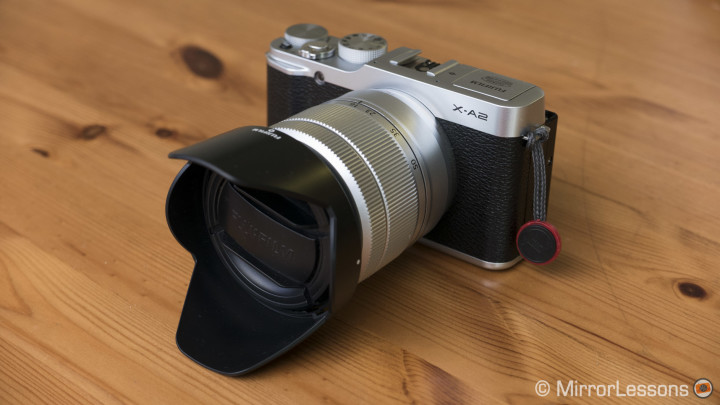
The chassis is nearly identical to that of the X-M1 and X-A1. It has a small protruding grip on the front and a textured thumb rest on the rear. Neither are particularly large but work well for a camera of this size if you use small and light lenses like the XC 16-50mm II F3.5-5.6 OIS kit zoom.
The only notable addition is the upward-tilting 3-inch LCD screen which rotates 175 degrees for easy selfies, which is also the reason for the extra weight. Since the camera lacks an electronic viewfinder, all images must be composed using the screen. Its 921,000-dots of resolution make it easy to use in most situations but it can be a nuisance at times, especially in bright sunlight. On very bright days, I would recommend using the ‘Sunlight Mode’ to see the screen better. (Just remember to turn it off as it will drain your battery more rapidly! You can quickly activate/deactivate it by pressing and holding the Q Button.
If I could have one wish, it would be for Fujifilm to add touch features to their screens as they can be quite handy.
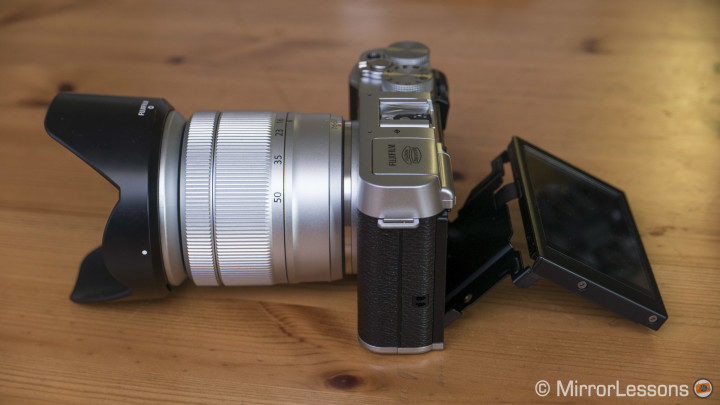
The top of the X-A2 is quite minimalistic. To the far left, there is a pop-up flash and in the centre, a hot shoe for external accessories. The camera features a mode dial with the traditional PSAM modes, a series of scene-specific modes (four of which are directly listed on the dial and nine others that appear in the SP menu), a Custom option for your favourite settings, a scene recognition (SR+) mode and advanced filters (Adv.) including double exposures.
This dial is flanked by the shutter release, exposure compensation dial, and a function (Fn) button to which you can apply various settings such as ISO, WiFi, film simulation modes and more. I personally set it to ISO as there isn’t a dedicated ISO button on the camera. The on/off switch encircles the shutter release and unlike some Fujifilm models like the X100 series, some force is required to move it. This is a good thing as it means that the camera won’t accidentally switch itself on inside your bag.
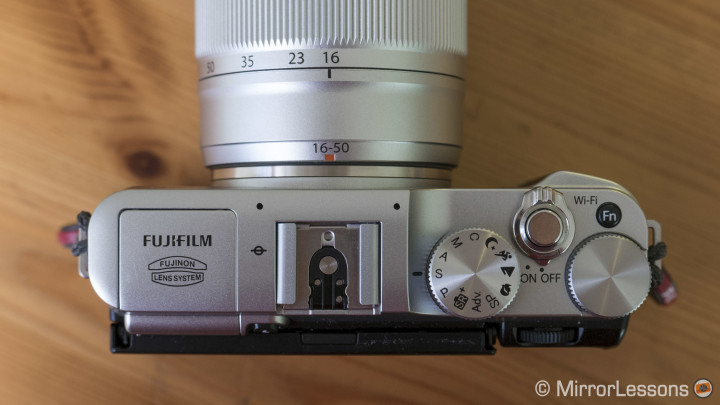
On the rear, there is a small black dial that will change either your shutter speed or aperture depending on whether you are in S or A mode, or zoom in/out on your images in playback mode. If you are in M mode, the black dial will default to an aperture dial whereas the exposure compensation dial will take on the roll of a shutter speed dial. The dial is somewhat small but it is easy to reach and turn with your thumb.
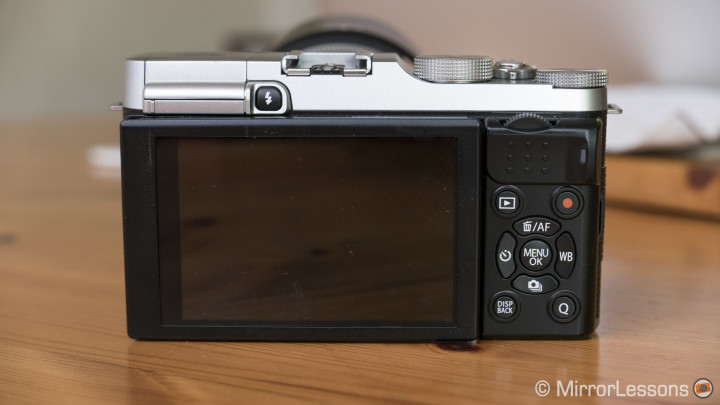
There is also a four-way directional pad from which you can adjust the autofocus settings, white balance, burst mode, and self timer. It doesn’t really matter that none of these buttons are customisable because the X-A2 also features the venerable Q button, which gives you quick access to all the major settings of the camera. In addition, you have a playback button, movie record button and Disp/Back button. Overall, the buttons are easy to use, satisfying to press and well-placed.
Like many entry-level models, the memory card slot is inside the battery compartment. The USB and HDMI slots are found on the right-hand side of the camera.
All in all, I really like the build and design of the X-A2. It isn’t so small that handling is compromised but it is compact enough that beginners won’t be put off by the increase in size from their smartphone or point-and-shoot. Despite being light, it feels sturdy and well-made from the chassis and kit lens right down to the details like the dials and buttons.
Image Quality
The Fujifilm X-A2 and its predecessor the X-A1 are the only two interchangeable X series cameras that house a standard 16.3Mp APS-C Bayer sensor rather than an X-Trans sensor. It is for this reason that the X-A1 and X-A2 are cheaper than their X-Trans counterparts. Whether one is better than the other is a rather sensitive topic amongst Fujifilm users. Why? Because the general consensus is that the X-A2 tends to produce sharper results, even though it has an anti-aliasing in front of the sensor.

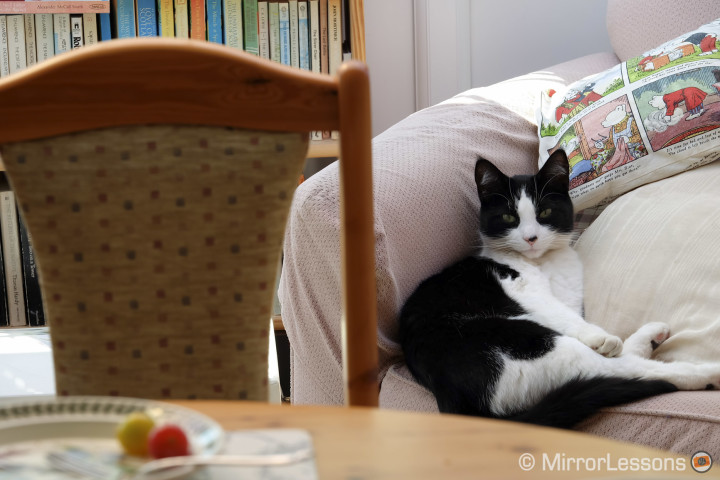
Bayer vs. X-Trans sensor
I’m not going to dwell on this topic here as it has been hashed and re-hashed many times. What I will say is that the Raw files are quite similar if you post-process them in Iridient Developer or Photo Ninja. (Lightroom, on the other hand, is infamous for its poor rendering of X-Trans files but thankfully this isn’t something you have to worry about with the X-A2.) As for the JPGs, the X-A2 produces slightly sharper results at lower ISO values but this advantage diminishes as you reach the higher ISO values (between 1600 and 6400).
The only area where the X-A2’s bayer sensor seems to beat the X-Trans sensor in terms of sharpness and detail is in the reproduction of foliage, particularly grass and shrubbery for JPGs.
As a standalone camera
The X-A2, like the X-A1 before it, produces excellent results. Colour production is natural, though I have found that it tends towards a cooler rendering in very high contrast scenes, and the dynamic range is very good.
High ISO performance is excellent, producing usable results up to 6400 ISO with little noise and good detail retention in the Raw files. After 6400 ISO, you have the option of two extended ISO values (12800 and 25600) but these are available only as JPGs and display colour artefacts and a noticeable loss in detail. Only use them if you are desperate!
You also have the option of a Low ISO (100) but this value too is only available in JPG mode. There isn’t a perceivable difference between 100 and 200.
I personally find the noise reduction for JPGs a little aggressive, especially for skin tones at high ISO levels. When set to 0, it gives your JPGs a blotchy appearance, almost like an oil painting. Thankfully, you have the option of reducing it in the menu.
In addition to the standard film simulations modes found on every Fujifilm camera, there is also the brand new Classic Chrome film simulation mode, which you can find on the high-end X-T1 and X100T as well. We’ve had a lot of experience using this mode and find its muted and calming colours very appropriate for documentary-style photography.
Should you want to capture a scene using more than one film simulation mode, there is also the option to bracket three film simulation modes in the burst menu. Likewise, you can bracket ISO and Dynamic Range. These options will only become available in JPG mode.
For those who like getting creative with their images, there is nothing more entertaining than using built-in filters, found in the Adv. menu on the mode dial. Some produce a pleasant effect whereas others push the boundaries of ostentatious. It’s up to you to decide which you like best. You can also access the multiple exposure option from this menu.
Autofocus
Even though it uses contrast detection autofocus points instead of on-chip phase-detection autofocus pixels, I was pleasantly surprised by the autofocus performance of the X-A2. We can credit this performance to the EXR Processor II, which is retained from the previous model.
I tested it in numerous situations, from a cycling race in the mountains of Snowdonia to a Victorian parade in Llandudno, and found the results very acceptable for an entry-level model.
The Cycling Race – Tracking, Continuous and Single AF
For the cycling race, I used a mix of tracking, continuous and single autofocus with the XC 16-50mm II F3.5-5.6 OIS kit zoom.
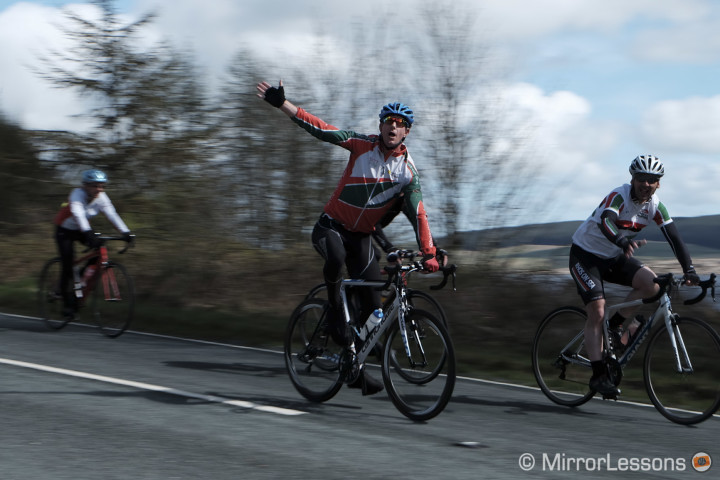
In tracking mode at 5.6 fps, the camera managed to lock focus about 60% of the time and it is quite easy to activate. All you have to do is jump into the Q menu to change the focus mode and press the left-hand button on the four-way pad to begin tracking.
Continuous mode was more effective, grabbing about 80-90% of the shots. This was true regardless of whether I used the High burst rate of 5.6 fps or the Low burst rate of 3.0 fps. Though it can shoot an average of 30 JPGs, 10 Raw+JPGs or 10 Raw files in one burst, it takes a while for the buffer to recharge if you shoot Raw. That said, it is good enough for sports where you aren’t faced with continuous action. My recommendation is to shoot JPGs for this kind of action, as you’ll eke more performance out of the buffer and have more room on your memory card.
Another option that works well is the dedicated Sports mode on the mode dial. It strives to keep your shutter speed as high as possible by raising the ISO and maintaining a wide aperture. Unfortunately it doesn’t automatically activate burst mode, so you’ll have to remember to do that by pressing the down button on the four-way pad.
Single AF was also very good with the kit lens. Very rarely did the camera not lock onto a subject, including those in movement.
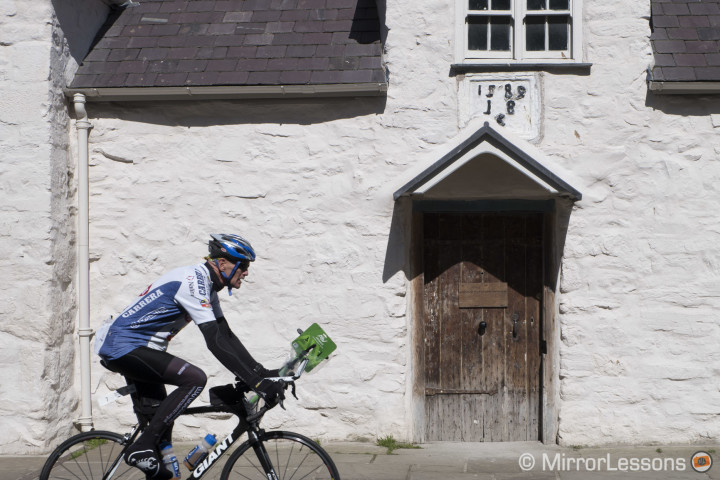
The Victorian Parade – Multi AF and Auto Macro AF
A new focus feature unique to the X-A2 is the Multi AF mode which uses multiple AF points to identify the intended subject(s) in the frame. I used it throughout the Victorian parade, where numerous people were marching towards me at a slow pace.
Overall the camera did a good job of placing the right subjects in focus, though on occasion it wouldn’t lock. It is quite handy for scenes where there are multiple subjects on the same plane of focus or where there is a prominent subject in the foreground. As you can imagine, the function prioritises subjects that are closer to the camera, which is good for most shots but less useful if your point of focus is in the background such as in the image below. In this case, I had to switch over to Area AF to get the shot.

The second new feature is Auto Macro AF, whereby the camera automatically switches to macro mode when close to a subject. For this function to work, you have to turn the mode dial to SR+. In this mode, it will only record JPGs. Not having a proper macro lens on hand, I wasn’t able to do any macro photography but the camera did seem to recognise when I wanted to take a close-up as opposed to a wider scene. With the kit zoom, the closest you can focus is 15cm.
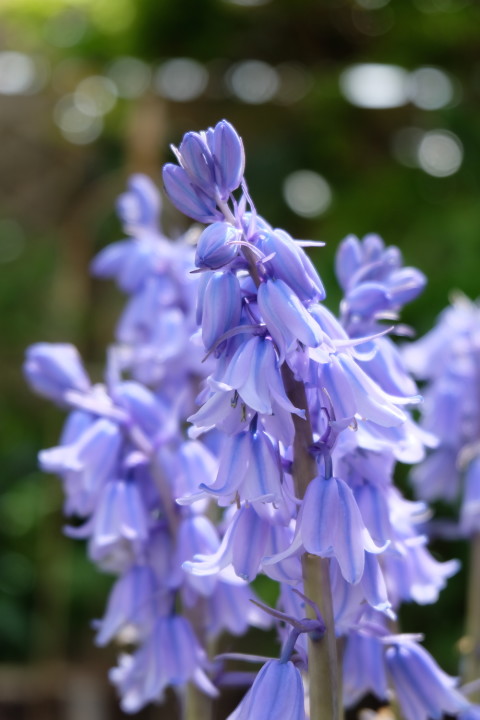
If you decide to take some macro shots with Auto Macro AF activated, you’ll have the best accuracy with the smallest AF point in Area mode.
As with most mirrorless systems, the autofocus performance deteriorates in low-light conditions.
Extra Features
Silly Selfies
In keeping with the selfie trend, the X-A2 now has an intelligent LCD screen that tilts up by 175 degrees. To take a selfie, you must first switch the mode dial to SR+. Next, flip the screen up and pull it out of the metal hinge. Doing so will both activate Face and Eye Detection and will turn the image on the screen the right way around. From the handful of selfies I took, I can say that the results are very good. The camera usually focuses on the person closest to the lens, so you’ll get the best result if everyone is on the same plane of focus.
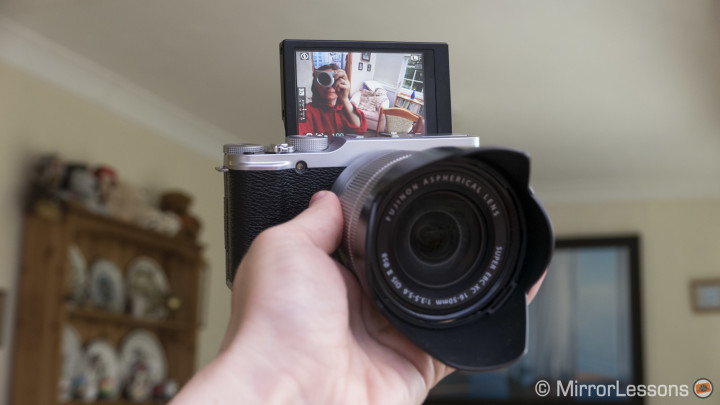
WiFi Connectivity
It is quite unusual for a mirrorless camera not to have WiFi connectivity these days, and the X-A2 has embraced the technology only in part. While you can transfer images and browse through them on your smartphone, you cannot use your smartphone as a remote to wirelessly control the camera. This is a shame as many other mirrorless offerings provide this option. The wireless functions can be access via the Fn button in Playback mode.
Flash Photography
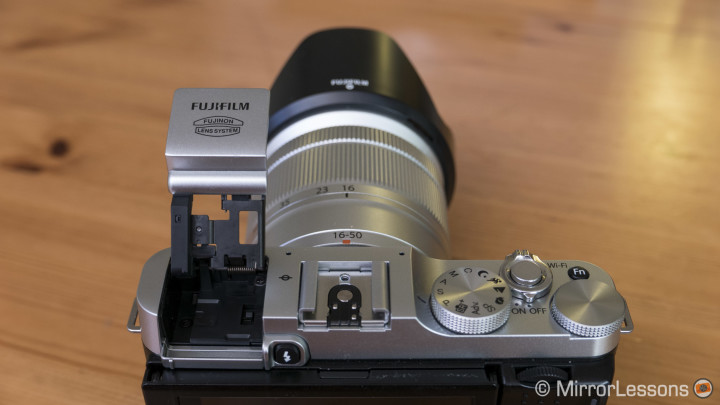
A nice little addition is the pop-up flash on the top of the camera. You get flash compensation from -2EV to +2EV in increments of 1/3 stops and a number of flash modes to choose between including Force Flash, Slow Synchro, 2nd Curtain Sync. and Commander. If the pop-up flash isn’t enough, you can use the provided hot shoe with an external flash of your own such as the compact Nissin i40 for Fujifilm.
Movie Recording
The X-A2 isn’t intended to be used as a video camera but the option is there for those who like to dabble in amateur movie making. The video quality isn’t bad – you get full HD 1920 x 1080 30fps and HD 1280 x 720 30fps recording with three focus modes: center, continuous and manual. You can control your exposure manually but you can’t change it while the camera is recording. For the most accurate shooting experience, it is best to switch over to manual as the autofocus can sometimes hunt during recording. There is also a dedicated movie button on the rear of the camera.
Conclusion
Although many were (and still are) against the idea of Fujifilm opening its doors to the amateur market, it is nice to know that there is a more affordable option for beginners who are curious about the X series. The X-A2 stays faithful to the X series as a whole with its classic design and wide array of film simulation modes but remains approachable and easy to use thanks to its various automatic modes. Despite the lack of the widely praised X-Trans sensor, it produces images whose quality equals most other APS-C offerings on the market.
I have to say that I’m not surprised that Fujifilm decided to release a successor to the X-A1 instead of the X-M1. After all, the average beginner probably isn’t in the least bit concerned about the differences between Bayer and X-Trans. What they want is a camera that is easy to use and performs well, and that’s exactly what you get from the X-A2.
 What I like about the Fujifilm X-A2:
What I like about the Fujifilm X-A2:
- compact, light and solid considering it is mostly plastic
- good ergonomics if used with small lenses
- excellent image quality with good high ISO performance up to 6400
- a nice mix of amateur and advanced features
- a nifty selfie mode with LCD screen that slides out of hinge
- very good AF system for an entry-level camera
- a very reasonable price for what you get
 What I don’t like about the Fujifilm X-A2:
What I don’t like about the Fujifilm X-A2:
- doesn’t have a viewfinder so you have to rely on the screen
- no touch features on the LCD screen
- can’t control exposure while recording video
What are your thoughts about the Fuji X-A2? Is it the kind of camera that would interest you?
